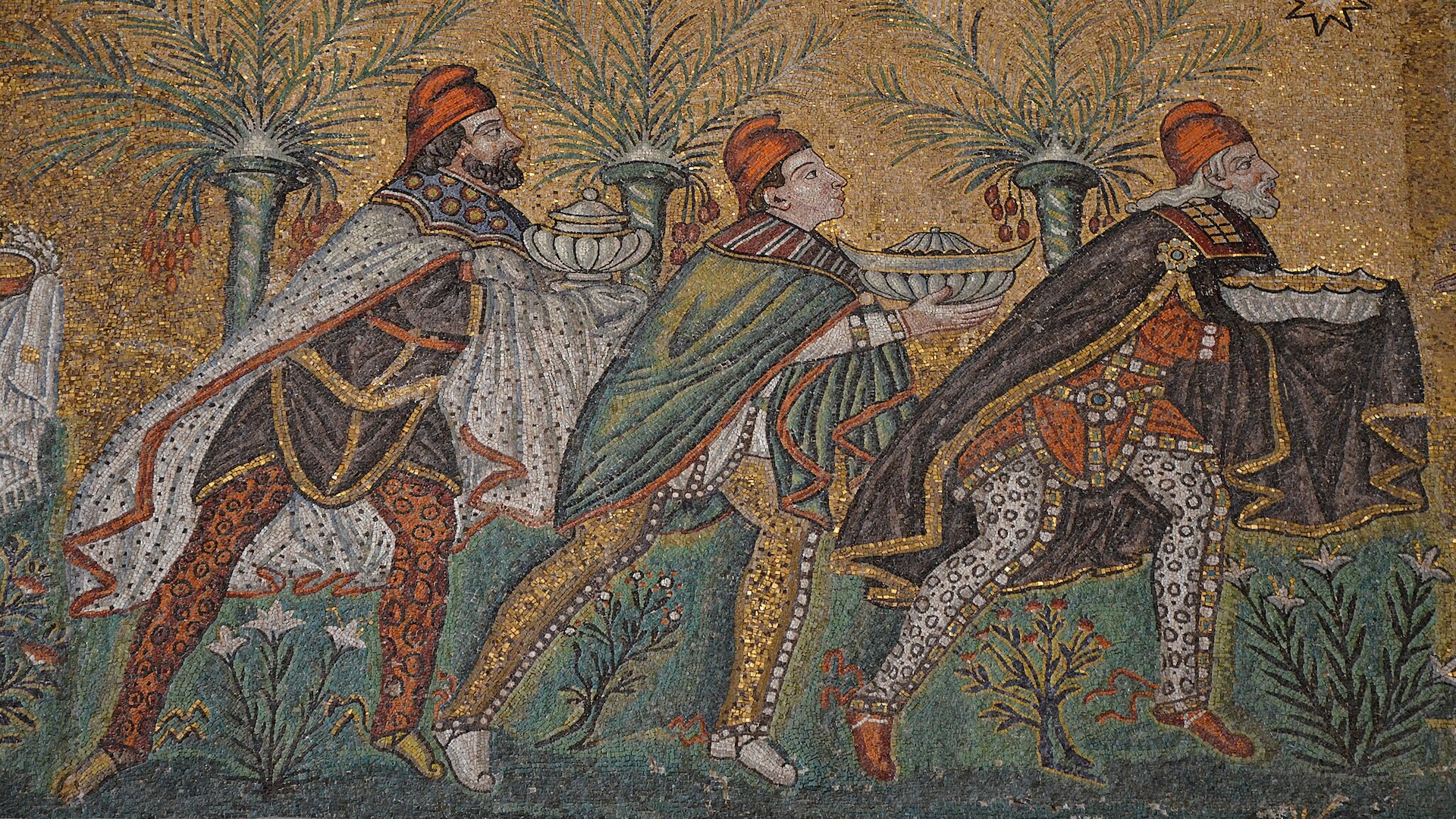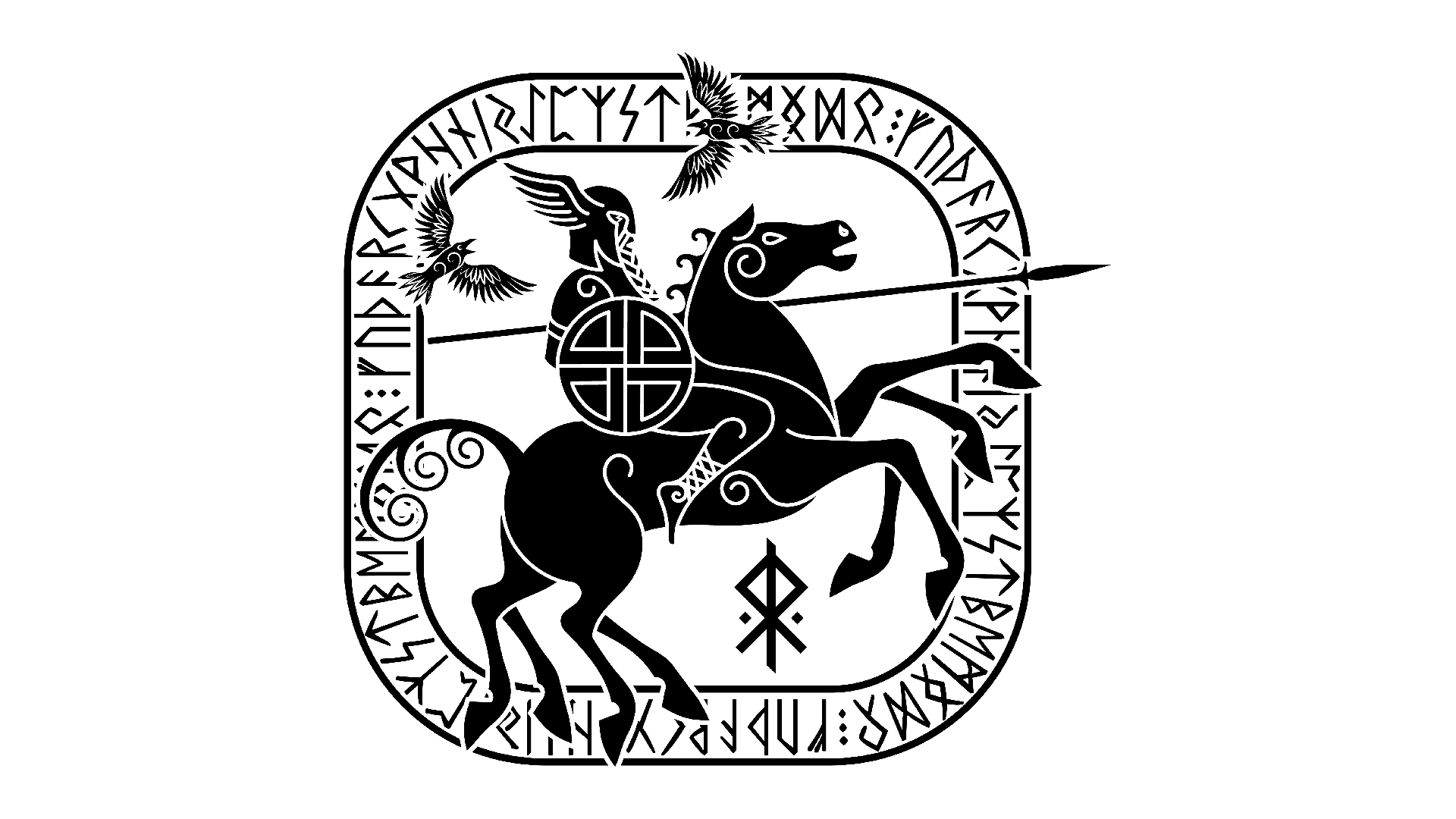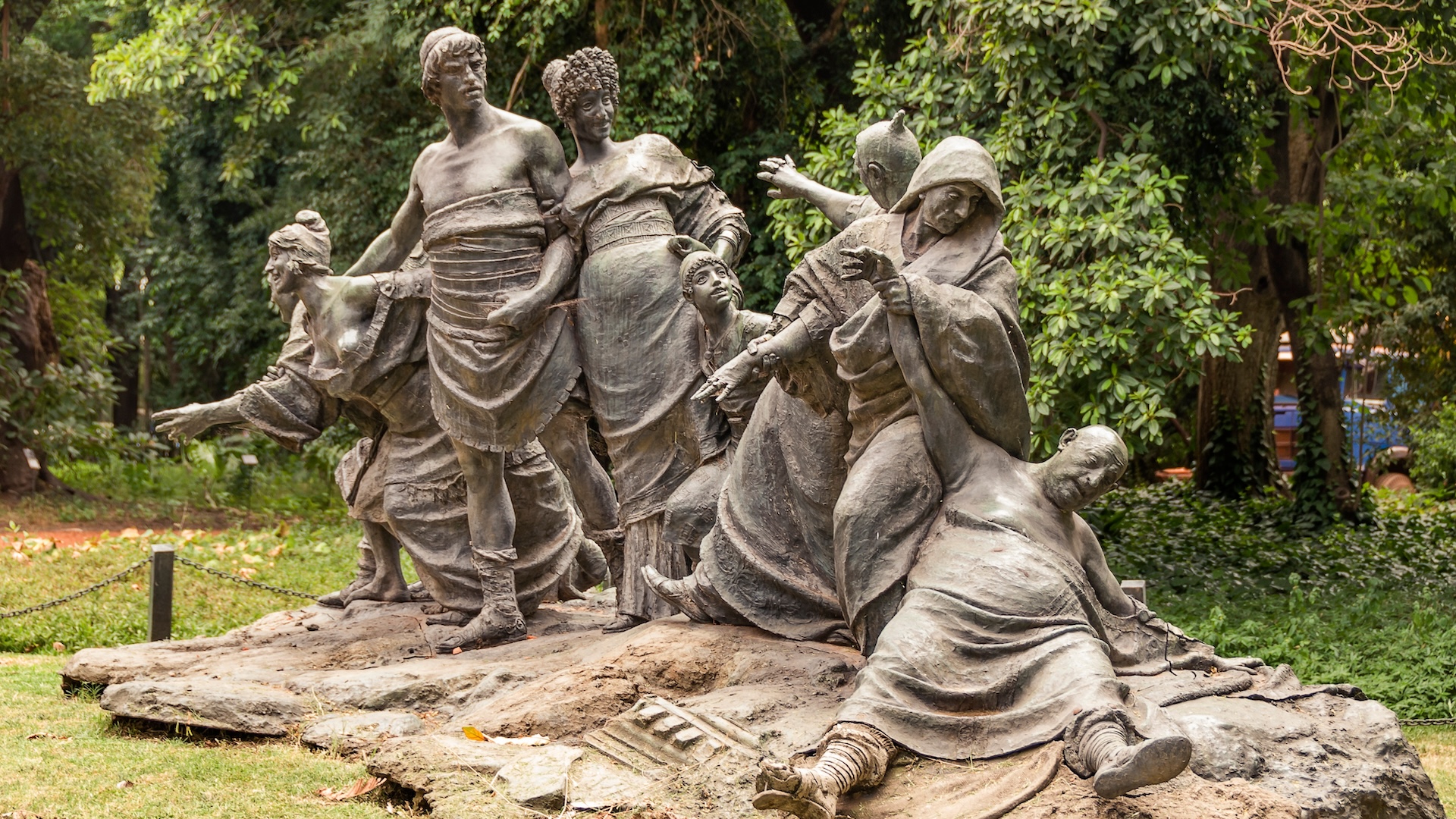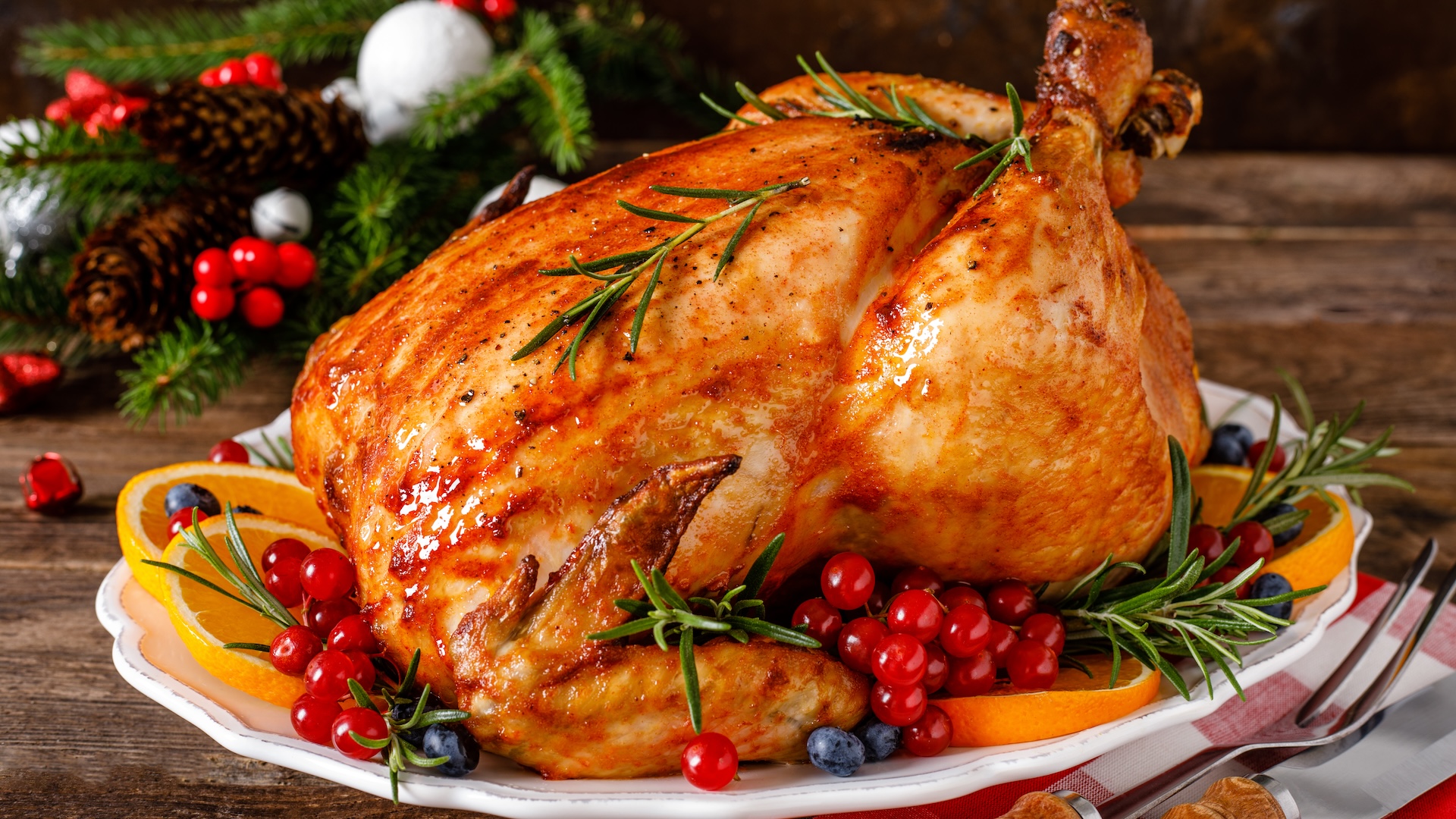It’s often claimed that many of today’s Christmas traditions derive from the pre-Christian observances of pagan cults suppressed by Roman authorities. The story goes that, after Christianity became the state religion of the Roman Empire in the fourth century, zealous imperial authorities sought to impose the new faith on the empire’s millions of inhabitants by co-opting their established pagan traditions — including the date when a new festival was celebrated.
But it seems that the pagan influence on some Christmas traditions may have been overstated. Here is a look at seven Christmas traditions and their origins.
12 Days of Christmas

In Christianity, the “Twelve days of Christmas” — now mostly famous as a carol — referred to the time it took the “magi” (also known as the “wise men” or “magic kings”) to arrive at the birthplace of Jesus. At least three magi (some sects say there were 12), who were supposedly astrologers from distant lands, followed a new star to Bethlehem. They were the first to see the baby after his family and some local shepherds, and so the magi’s arrival represented the manifestation of Christ to people who were not Jewish — an important religious allegory. As a result, “Three Kings Day” or “Epiphany” at the end of the 12 days was once a major festival throughout Christian Europe, but today it is big only in Spain.
Historian Ronald Hutton, in his book “The Stations of the Sun: A History of the Ritual Year in Britain” (Oxford University Press, 1996), cites evidence that the 12 days originated in pre-Christian Celtic and Germanic traditions. Hutton argues that several practices carried out during the “Twelve Days of Christmas” in England’s Middle Ages — such as the custom of wassailing, which was mostly walking about drinking “goodwill to all” but also blessing crops and fruit trees — originated in pagan practices.
Christmas trees

Some of the loudest claims of pagan origins surround the tradition of evergreen Christmas trees, a practice even the White House observes. But while pagans considered evergreen trees magical, many historians agree that the modern practice has Christian German origins. It seems Christmas trees may have begun with the medieval Christian tradition of decorating “Paradise trees” — representations of the Tree of Life, as described in the Bible’s Book of Genesis. People celebrated “Adam and Eve Day” on Christmas Eve by performing their biblical story as a “Paradise Play,” and so the decorative “Paradise trees” from the plays became a seasonal tradition in Germany. Historian and archaeologist Ken Dark of King’s College London told Live Science that the tradition was cemented in 1848, when Britain’s royal family published a Christmas engraving that showed Queen Victoria and her husband Prince Albert (a German) with their family and decorated tree.
Yule

The terms “Yule” and “Yuletide” now refer to Christmas, but it wasn’t always so: There is strong evidence that Yule was originally an ancient Germanic and Norse festival season marking the winter solstice — the longest night — and the eventual return of the sun. Hutton suggests the Yule season, or Yuletide, originally covered a period of about 24 days during midwinter and began a few days before Dec. 25. The pagan Yuletide was associated with gift-giving and feasting — practices reflected in Christmas traditions — but most famously with bonfires and the Yule log. Over centuries, the Yule log has transformed into the tradition of a crackling wood fire at Christmas; American versions include a televised burning log and now rocket engines.
Mistletoe

The Christmas tradition of kissing under a sprig of mistletoe seems to come from 18th-century England: A 1719 report about superstitions surrounding the plant doesn’t mention the practice, but a poem from 1784 does. Mistletoe is an evergreen that was used for Christmas decorations because of its bright green leaves and white berries. Historians aren’t sure why the idea of kissing arose, but it may be that an earlier pagan superstition became confused with the Christian tradition: Mistletoe was supposedly sacred to the Celtic druids, and it appears in a Norse legend. Mistletoe also featured in ancient Greek and Roman marriage ceremonies, where it was thought to ensure fertility.
Santa and Odin

It’s been suggested that the seasonal character of “Santa Claus” or “Father Christmas” was influenced by the Norse god Odin. Odin was the head of the Norse pantheon and the god of death and magic; whereas Santa Claus originated with the Christian figure of Saint Nicholas, a fourth-century bishop in Anatolia, now Turkey. Both Odin and Saint Nicholas were usually depicted as old men with big beards, which might be considered proof of the idea; but according to the author Phyllis Siefker in “Santa Claus, Last of the Wild Men: The Origins and Evolution of Saint Nicholas, Spanning 50,000 Years” (McFarland, 1997) Odin was also associated with gift-giving during Yuletide and magical flight on his eight-legged horse Sleipnir, which became Santa’s team of flying reindeer. Dark said few historians take this idea seriously.
December 25th

The traditional date for the celebration of Christmas in the West is the 25th day of December, which in the Northern Hemisphere is close to the shortest day of the year, or winter solstice around Dec. 21. Several pre-Christian religions marked the shortest day with ceremonies, including the Imperial Roman cult of Sol Invictus (Latin for “unconquered sun”); and some researchers have proposed that the date of Christmas was deliberately chosen to supersede these pagan celebrations. But Dark notes that the suppression of earlier festivities, such as the Saturnalia celebrated in pagan Rome in mid-December, does not necessarily mean that the Christmas date was intended to supplant them directly. Instead, he said, it may be that Christian authorities only wanted to fill a gap in their ceremonial calendar.
Turkey for Christmas dinner

Christmas dinner often features roast turkey in America, where the birds are plentiful; and this is sometimes seen as a modern version of a pagan tradition of seasonal feasting. But there is no historical evidence that this was the case, and feasting is a common way of celebrating holidays. The original “turkeys” were guinea fowl native to Africa, and the name was applied to the similar-looking American birds, which were unknown in Europe before the discovery of the New World. But guinea fowl were a hard-to-get luxury, and so most people settled for lesser birds like ducks or chickens. In 1843’s “A Christmas Carol” by Charles Dickens, for example, the Cratchit family plans to eat a goose. Dark notes that the idea of feasting on stuffed fowl at Christmas is not universal, and that many English families once celebrated instead with roast beef dinners and Christmas hams.








Leave a Comment